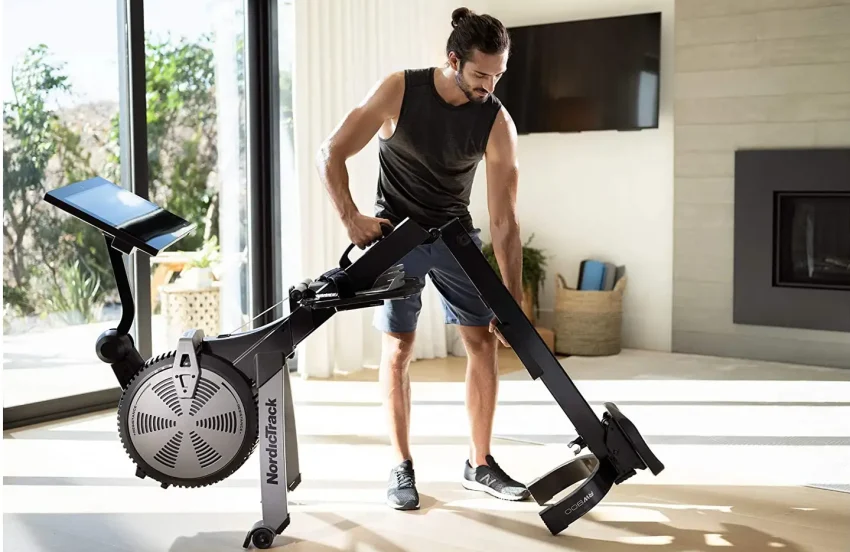If you’re reading this, you probably share my love for the rhythmic glide and pull of a good rowing machine workout.
Whether you’re a fitness fanatic or simply enjoy a good sweat session, a rowing machine is an excellent piece of equipment to keep you in shape. But what do you do when your trusty rower decides to throw a tantrum?
Today, I’m going to spill the beans on some common rowing machine problems I’ve encountered during my career as a rowing machine service expert and share my tips on how to fix them.
Understanding Different Types of Rowing Machines
Before we dive into the nitty-gritty of troubleshooting, it’s essential to understand that not all rowing machines are created equal. There are four primary types: Air Resistance, Magnetic Resistance, Water Resistance, and Hydraulic Resistance. Each has its unique set of quirks and issues that can crop up.
Air Resistance Rowing Machines
Air resistance rowing machines are a popular choice for many athletes. They operate using a flywheel which creates resistance from the airflow. The harder you row, the more resistance you create.
Magnetic Resistance Rowing Machines
Magnetic resistance machines are known for their silent operation and smooth action. They use a magnetic brake system to create resistance which can be easily adjusted.
Water Resistance Rowing Machines
Water resistance rowing machines provide a realistic rowing experience, mimicking the feel of rowing on water. They use a tank of water and a flywheel to generate resistance.
Hydraulic Resistance Rowing Machines
Hydraulic resistance machines are compact and often more affordable. They use hydraulic cylinders to provide resistance, which can be adjusted on most models.
Now that we’ve got the basics down, let’s dive into some common issues you might encounter with these machines and, most importantly, how to fix them!
Common Issues with Air Resistance Rowing Machines
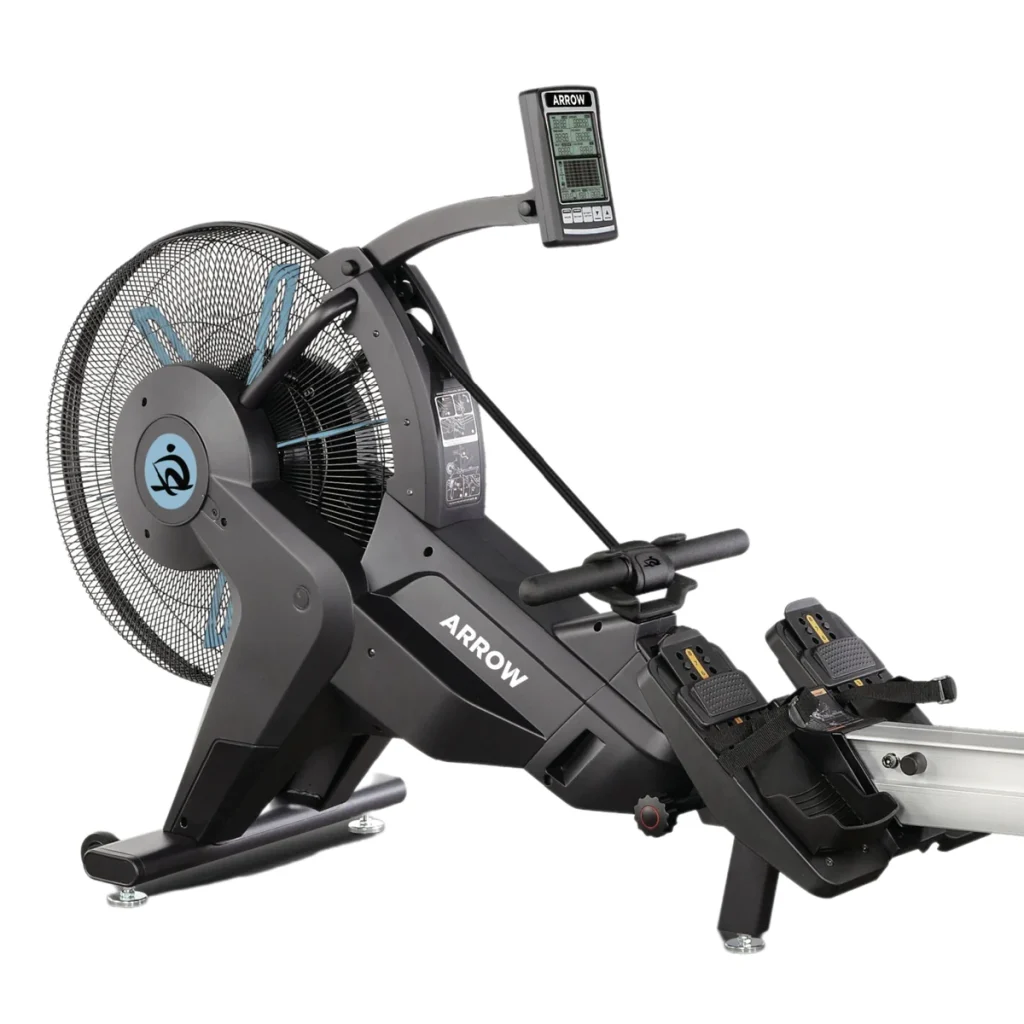
Air resistance rowing machines are a stalwart choice in the rowing world, but occasionally, they need a little TLC to keep them in shipshape condition.
Chain or Belt Slackness
I’ve come across chain or belt slackness more times than I can count. Symptoms include a loose, spongy feel when you pull the handle. But don’t worry; it’s a relatively straightforward fix.
- First, locate the tension adjuster. You’ll usually find it near the handle or attached to the chain or belt itself.
- Adjust the tension. If you’re dealing with a chain, you might need to move the catch that holds the chain up or down. For belts, it’s typically a screw that you can tighten or loosen. Make sure to adjust it gradually until you find the sweet spot between too slack and too tight.
Damaged Flywheel
Another common problem is a damaged flywheel. Telltale signs include a grating noise or an uneven feeling when you row. Fixing a damaged flywheel can be a bit tricky, but here’s a general guide:
- You’ll first need to remove the casing around the flywheel, which typically involves unscrewing a few bolts.
- Once you have access, inspect the flywheel for any visible damage. If it’s warped or heavily worn, it’s usually best to replace it. Ordering a new flywheel from the manufacturer or a reputable parts supplier is your best bet.
- Replacing the flywheel often involves removing the chain or belt, replacing the flywheel, and then reattaching everything. This can be a bit technical, and if you’re not comfortable, it might be best to get professional help.
Excessive Noise
Air resistance rowers are noisier than other types, but if it sounds like you’re rowing in a tornado, there might be an issue with the fan blades.
- Start by removing the casing around the fan. This typically involves a few screws and maybe a bolt or two.
- Once the fan is exposed, check it for dust and debris. A simple cleaning with a brush or cloth can often solve the problem.
- If the fan blades are misaligned, they may need adjusting or replacing. This is a delicate job, and unless you’re very confident, it’s probably best left to a professional.
Common Issues with Magnetic Resistance Rowing Machines
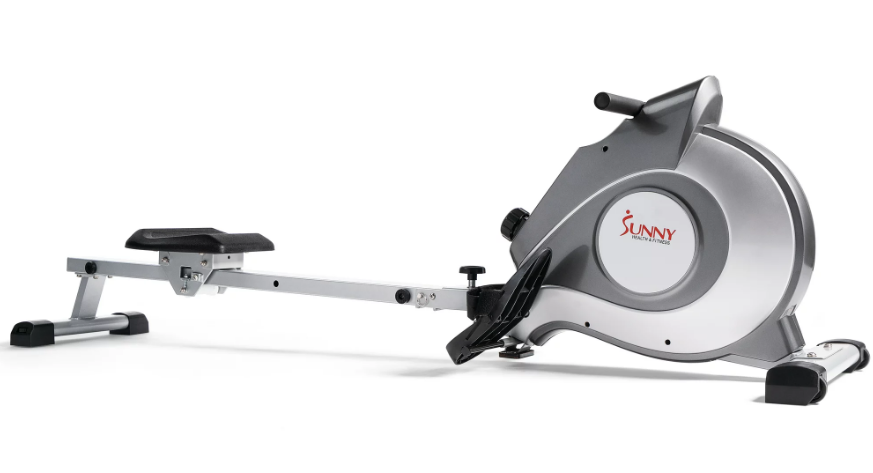
Magnetic resistance machines are prized for their whisper-quiet operation and smooth action. However, even they have their moments.
Resistance Adjustment Malfunction
Often, the issue with magnetic rowers is with the resistance adjustment. Here’s how you can troubleshoot it:
- The resistance mechanism is usually under the casing. You’ll need to remove a few screws to access it.
- Once you’re in, check if the magnets move freely along their path. Sometimes, a bit of debris or a misalignment can cause problems. Cleaning the track and realigning the magnets often solves the issue.
Misaligned Rowing Rail
A misaligned rowing rail can turn your rowing session into a rough ride. Here’s how to tackle it:
- Start by checking the rail for visible bends or warping. If it’s visibly bent, you’ll likely need to replace it.
- If there’s no visible damage, it might be an issue of alignment. Check the bolts and screws holding the rail in place, and make sure they’re evenly tightened.
- If tightening doesn’t solve the problem, you may need to loosen the screws, realign the rail, and then re-tighten. Make sure the rail is straight before you tighten everything up.
Loose or Damaged Parts
With magnetic rowers, small issues can have a significant impact. Regularly inspect your rower for any loose or damaged parts. Tighten screws that have come loose and replace any damaged parts. A bit of preventative maintenance can go a long way in preventing problems.
Common Issues with Water Resistance Rowing Machines
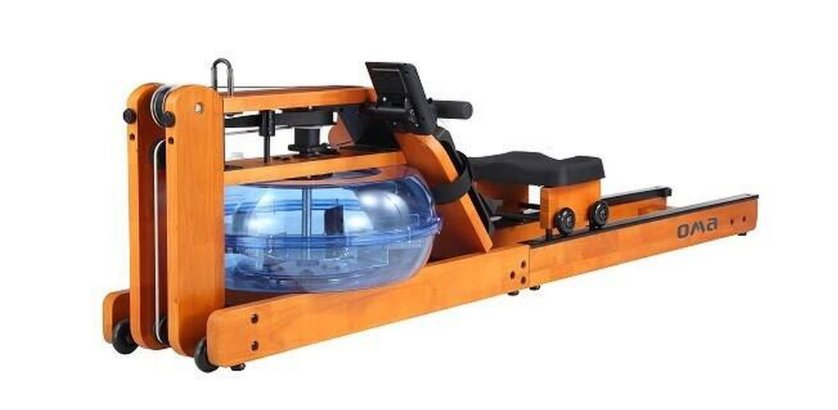
Water resistance rowing machines are loved for their realistic rowing feel, but as with any equipment, they have their quirks.
Water Tank Leakage
A leaky water tank is arguably the most common issue with water rowers. It’s hard to enjoy your rowing experience when you’re creating a mini lake on your floor.
- First, identify the source of the leak. Look for wet spots or drips along the tank.
- If it’s a minor leak, a water-resistant sealant could be the quick fix you need. Follow the instructions on the sealant and apply it to the leaky area.
- For more severe leaks, you may need to empty the tank and apply a patch or even replace the tank. This can be a bit more technical, so don’t hesitate to seek professional help if needed.
Incorrect Water Level
If your rowing experience feels too easy or too hard, it could be due to the incorrect water level in your tank.
- Check the water level against the manufacturer’s guidelines. These are typically found in the user manual or on the manufacturer’s website.
- Adjust the water level. If it’s too high, you’ll need to remove some water. If it’s too low, add some. Remember, the amount of water in the tank is directly proportional to the resistance you feel. More water equals more resistance, and vice versa.
Belt or Pulley System Wear and Tear
A worn-out belt or pulley system can make your rowing experience feel less than smooth.
- Inspect the belt for signs of wear and tear. Look for fraying, stretching, or general wear.
- Check the pulleys. They should turn smoothly and be free of any debris.
- If the belt is worn out, replace it. If the pulleys are not turning smoothly, a bit of lubricant might do the trick. If not, they may need to be replaced.
Common Issues with Hydraulic Resistance Rowing Machines
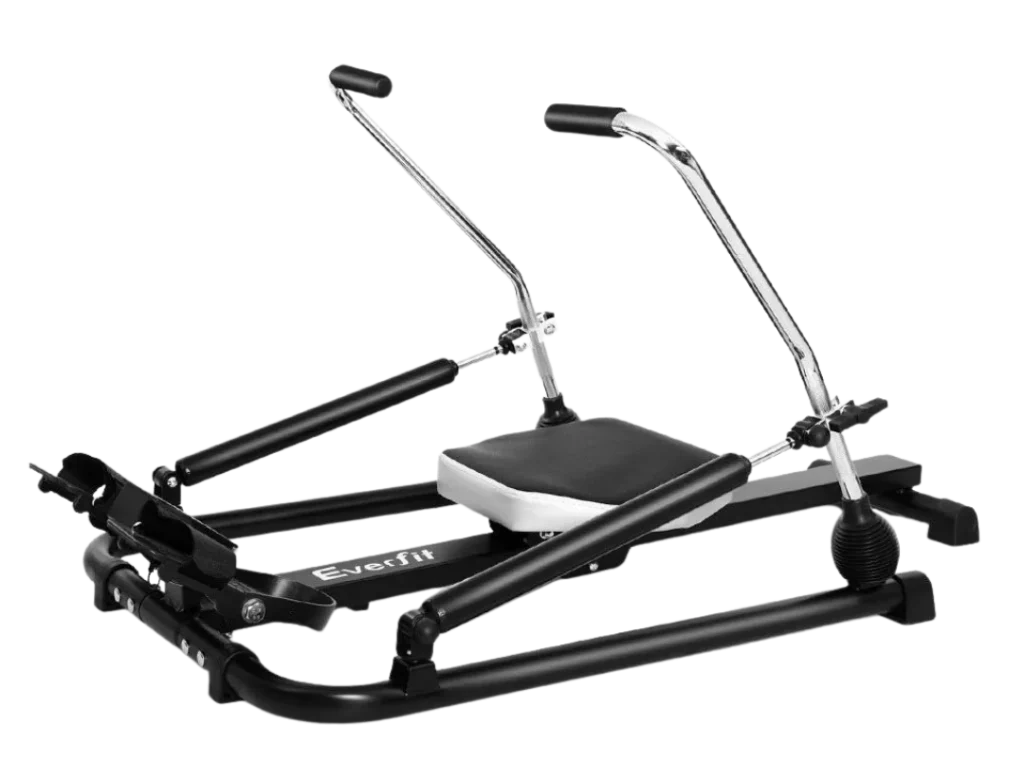
Hydraulic resistance rowing machines may be compact and budget-friendly, but they are not immune to issues.
Leaky Pistons
Leaky pistons are a common issue in hydraulic rowers. If you notice hydraulic fluid on your machine or your resistance levels are inconsistent, you might have a leak.
- Inspect the pistons for any signs of leakage. Look for wet spots, drips, or puddles of hydraulic fluid.
- If you find a leak, you’ll likely need to replace the piston. This typically involves ordering a new piston and swapping it out. It can be a bit technical, so don’t hesitate to get professional help if needed.
Broken Seals
Broken seals can also lead to leaks and inconsistent resistance.
- Check the seals on the pistons for any signs of wear or damage.
- If a seal is broken, you’ll need to replace it. This usually involves removing the old seal and fitting a new one. Again, if you’re not comfortable doing this yourself, seek professional help.
Difficulty in Adjusting Resistance
If you’re having trouble adjusting the resistance on your hydraulic rower, the resistance knobs or the pistons themselves could be the issue.
- First, check the resistance knobs. They should turn smoothly and easily. If they’re stiff or stuck, a bit of lubricant might solve the problem.
- If the knobs are fine, the issue might be with the pistons. Refer to the steps above for inspecting and potentially replacing pistons.
General Maintenance Tips for Rowing Machines
No matter what type of rowing machine you own, regular maintenance is crucial to extend its lifespan and ensure smooth operation. Here are some general tips that I’ve found useful throughout my career:
Regular Cleaning
- Keep your rowing machine clean, especially the seat rail, handle, and footplates. Use a soft, damp cloth to wipe down these parts after each use.
- For air and water resistance rowers, remember to clean the fan or water tank regularly. Dust in the fan or algae in the water tank can decrease performance.
Periodic Lubrication
Regularly lubricate the moving parts, especially the chain or belt, pulleys, and seat rail. Use only recommended lubricants; WD-40 or a silicon-based lubricant often does the trick.
Check and Tighten Screws Regularly
Regularly check screws, bolts, and other fasteners, ensuring they’re tight.
Store Correctly
If you’re not going to use the rower for a while, store it in a dry and clean place. If your rower is foldable, make sure to fold and store it properly.
When to Seek Professional Help
Sometimes, despite our best efforts, we may not be able to fix the problem. In such cases, it’s best to seek professional help. It’s okay to admit that some things are beyond our capabilities. Remember, attempting to fix something without the right skills or tools can often lead to more damage.
Summary
Rowing machines are a great investment for your health and well-being. Like any piece of equipment, they require regular care and maintenance. Knowing how to troubleshoot common issues can save you time and money and keep your rowing machine in peak condition. So, next time your rowing machine throws a fit, don’t panic! Take a deep breath, remember this guide, and get your rower back to working order. And remember, I’m always here for you!
There you have it, folks. I hope this article helps you understand your rowing machine a little better and empowers you to handle common issues like a pro. Here’s to many more smooth and rewarding rowing sessions!
Happy rowing, everyone!
